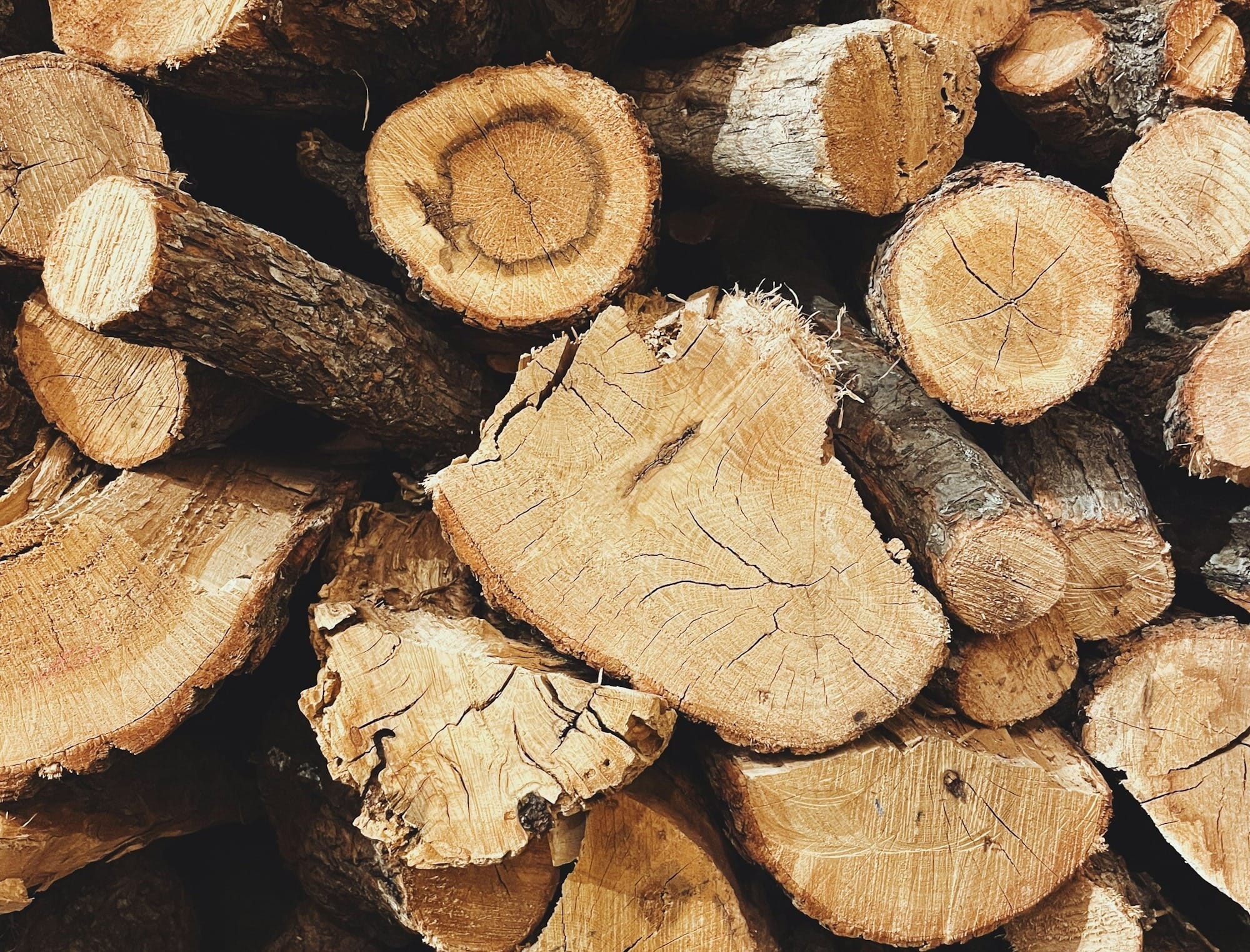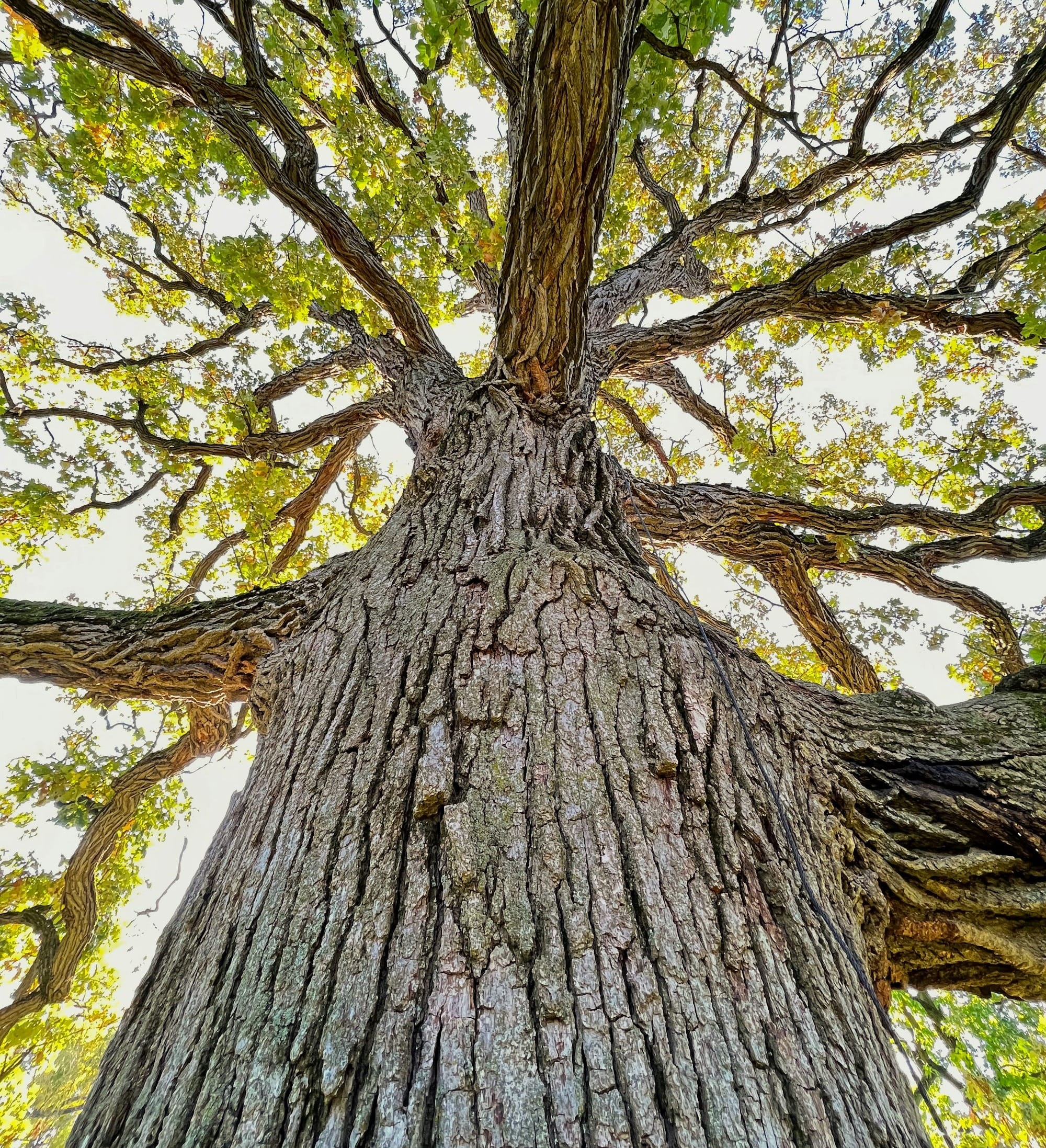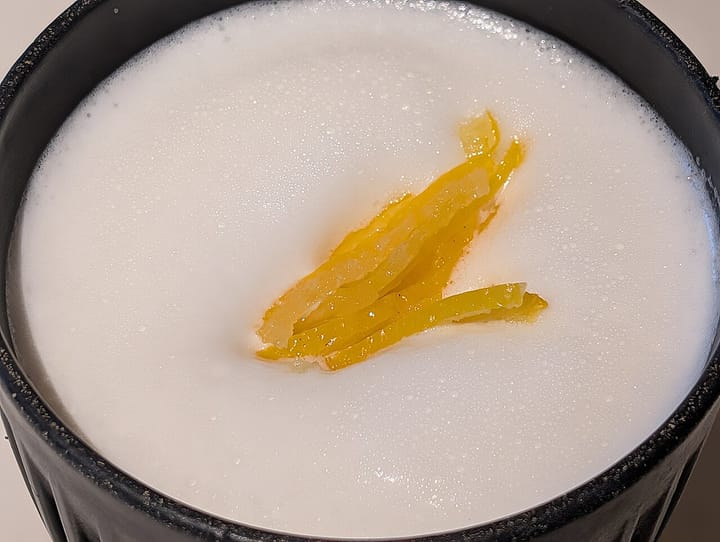The High Cost of French Oak Barrel
The most expensive wines, from Montrachet Chardonnays to first-growth Bordeaux, are oak-aged. French oak, used in the top fifty priciest wines, is crucial. The type, size, age, grain, and treatment of the oak barrel significantly affect the wine, driving up its cost.

Luxury winemakers often spend up to $50,000 on a single barrel for aging their wine, but these aren't ordinary barrels—they're foudres.
Foudres are large wooden vats that play a crucial role in shaping and maintaining the wine's flavor.
The process starts with French oak, a wood with a tight grain that imparts unique flavors to the wine.
The value of this wood is so high that the French government controls its sale through annual auctions of oak forest plots.
Why Oak?
The selection of wood for winemaking has traditionally depended on factors like tradition, wine variety, economics, and personal taste.
Historically, redwood was popular for crafting large containers like puncheons, but it fell out of favor due to its rigidity, which made bending difficult, and its tendency to impart a yellow tint to the wine.
Chestnut, while rich in tannins, proved too porous and required a paraffin coating to limit wine loss through evaporation.
Oak, however, has become the wood of choice for aging fine wines. Its numerous advantages include strength, ease of working, and a lack of undesirable flavors or colors.
Oak's tight grain structure allows for a slow and controlled extraction of wood flavors, reducing wine loss through evaporation.
Its resilience makes it possible to bend staves without breaking. Moreover, unlike other hardwoods like apple or cherry, oak has a neutral aroma.
The high tannin content in oak is vital for the aging process of red wines, as it helps absorb oxygen that would otherwise spoil the wine.

The Impact of Oak on Fine Wine
Oak aging is a defining characteristic of the world's most expensive wines, such as the golden-hued Chardonnays of Montrachet and first-growth Bordeaux.
This is not just a matter of opinion; the top fifty priciest wines globally undergo some form of oak aging.
Oak plays a critical yet often underestimated role in fine wine production.
Every aspect of the oak barrel, including its type, size, age, grain, and treatment, significantly influences the final product.
The Three Types of Oak Barrels
The French Oak (Cost: $5,000 to $9,000 a barrel)
French oak forests are renowned for producing various species of European oak, notably the white oak used for aging wine.
The most common type, Quercus robur, is prevalent throughout Europe, while Quercus petraea, or Sessile oak, offers a finer grain but is less abundant.
These forests are meticulously managed to ensure the wood's consistency and quality, essential for barrel production.
The highest quality barrels, particularly those from the Alliers, Vosges, and Tronçais regions, can fetch prices upwards of $5,000 each.
For installations outside of France, the cost of a 1,000-liter French oak barrel can reach up to $50,000.
These barrels are prized for their fine-grained wood, which imparts subtle flavor nuances to wine.
In contrast, Limousin oak, known for its looser grain, is better suited for aging spirits like Cognac, Armagnac, Sherry, and whiskey.
Why French Oak is Preferred for Premium Wines
French oak is the preferred choice for aging high-quality wines due to its ability to impart flavors more subtly than other oak types.
This subtlety makes it an ideal match for delicate wine varieties such as Pinot Noir and Chardonnay, which absorb flavors more readily than robust varieties like Cabernet Sauvignon.
The grain of the oak plays a crucial role in this process.
Trees with tighter grains, often older trees, are especially valued for the nuanced flavors they provide.
These flavors, derived from the oak's compounds, enhance the wine's complexity without overpowering its inherent characteristics.
American Oak (Cost: $500 a barrel)
In the United States, various oak species thrive, but the primary type used for aging wine is the American White Oak (Quercus alba). This species is prevalent throughout the Eastern US, with a significant presence in Missouri. American cooperages are well-known for producing barrels mainly for the Bourbon industry. Due to the high demand, even international whiskey producers, such as Scotland’s "The Macallan," own American forests for their cooperage needs. However, American oak is less commonly used for wine barrels.
Distinctive Characteristics of American Oak
American oak is notable for its strong flavor contributions. Wine experts often identify flavors of dill, coconut, and vanilla imparted by American oak.
This oak adds a distinct ruggedness to the clean, fruit-forward profiles of New World wines.
Prominent American wine producers like Silver Oak and 5 Star Cellars have embraced the use of American oak, showcasing its unique impact on their wines.
Grain Size of American White Oak
The grain size of American White Oak tends to be looser compared to both French Oak and Eastern European Oak (Quercus robur). This characteristic influences the way it interacts with the wine, contributing to its distinctive flavor profile.
Hungarian and Eastern European Oak (Cost: $650 a barrel)
Hungarian and Eastern European Oak come from the same species as French Oak (Quercus robur).
An increasing number of wineries are opting for Eastern European Oak barrels because they offer a quality similar to French Oak but at a significantly lower cost.
The Appeal and Usage of Hungarian Oak
Winemakers appreciate Hungarian and Eastern European Oak for its ability to enhance full-bodied wine varieties such as Malbec and Petite Verdot. These wines are robust enough to "hold up" to the rich, nutty flavors that this oak imparts.
Characteristics of Eastern European Oak
Eastern European Oak is often considered a middle ground between American and French Oak.
It provides a balance of flavor intensity and complexity, making it a versatile choice for winemaking.

Why Is It So Expensive?
The Enhancements Oak Brings to Wine
Beyond enhancing the aesthetic appeal of a wine cellar, oak imparts a variety of aroma compounds to wine.
Oak lactones, for instance, introduce coconut-like aromas. Some barrels are "toasted" using fire or heat radiation to enhance specific aroma compounds.
Key Aroma Compounds from Oak:
- Vanillin: Imparts a vanilla aroma.
- Eugenol and Isoeugenol: Provide spice and clove notes.
- Furfural and 5-Methylfurfural: Add caramel and sweet aromas.
- Guaiacol and 4-Methylguaiacol: Contribute charred and smoky aromas.
These compounds collectively enhance the wine's complexity and depth, making oak aging a crucial element in winemaking.
Rarity and Demand
The high quality and limited supply of French oak, combined with the time-intensive production process, make these barrels relatively rare.
French oak trees, which take about 120 years to mature, are a finite resource. This long growth period means that each tree is a significant investment in time and care.
Traceability is crucial in this context, as it ensures that the trees are harvested sustainably and that the quality of the wood can be verified.
At the same time, there is strong demand from winemakers around the world who are willing to pay a premium for the quality and the subtle flavors that French oak barrels impart to their wines.
Quality of the Wood
Both American oak and French oak can be used to make a foudre, but French oak is considered far superior, which explains why it costs more than twice as much.
The finer grain of French oak, with gaps less than 2 millimeters apart, is a key factor in its superior quality.
The slower growth of French oak trees, influenced by France's limestone-based soil and cooler temperatures, results in this tighter grain.
This quality allows for a more gradual and controlled release of oak compounds and tannins into the wine, enhancing its flavor and complexity.


